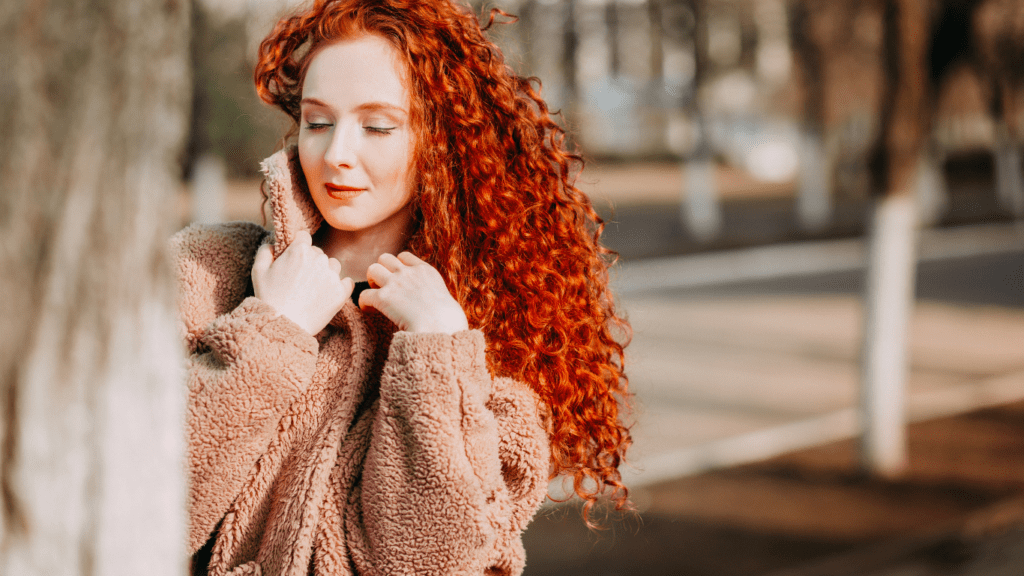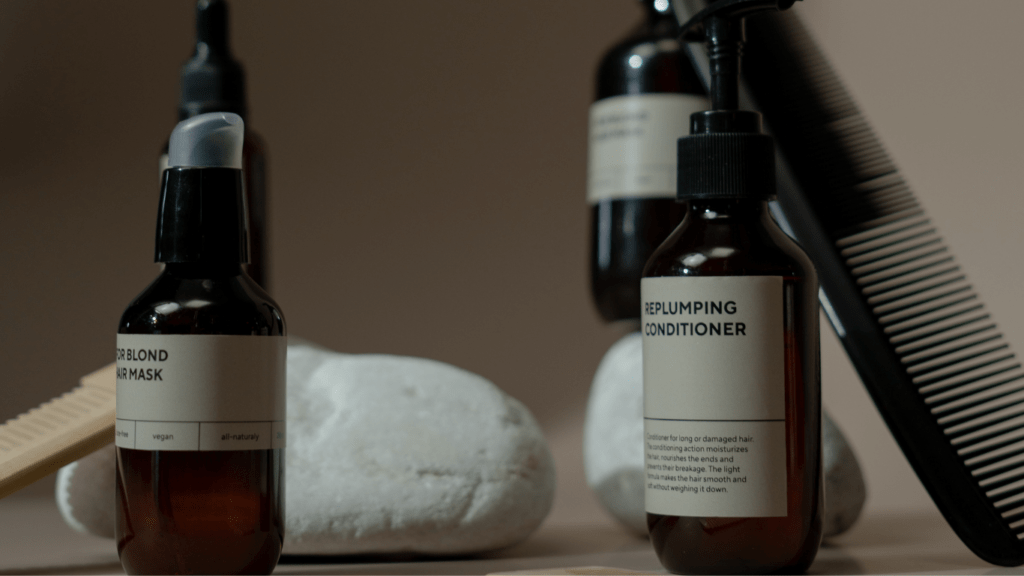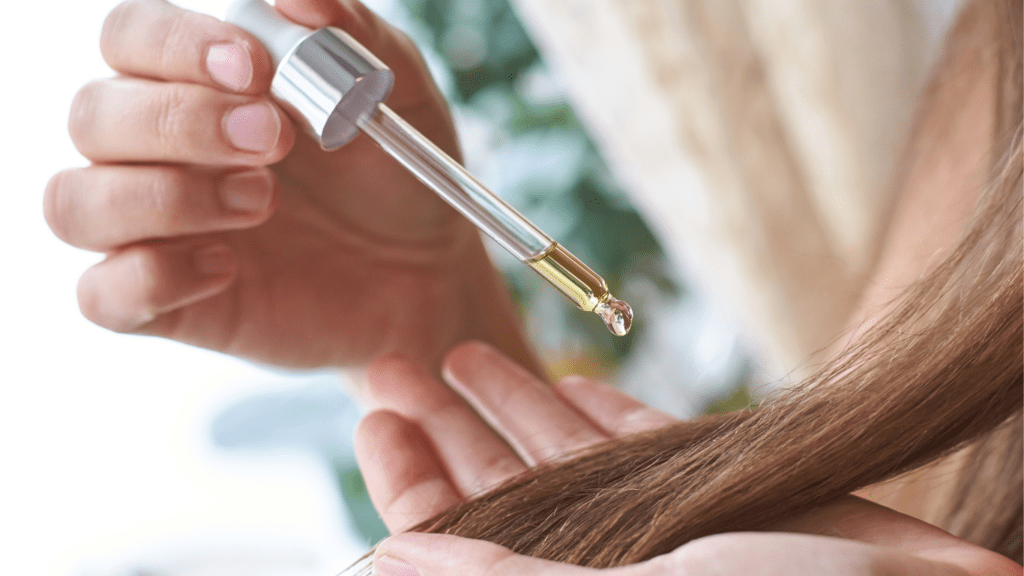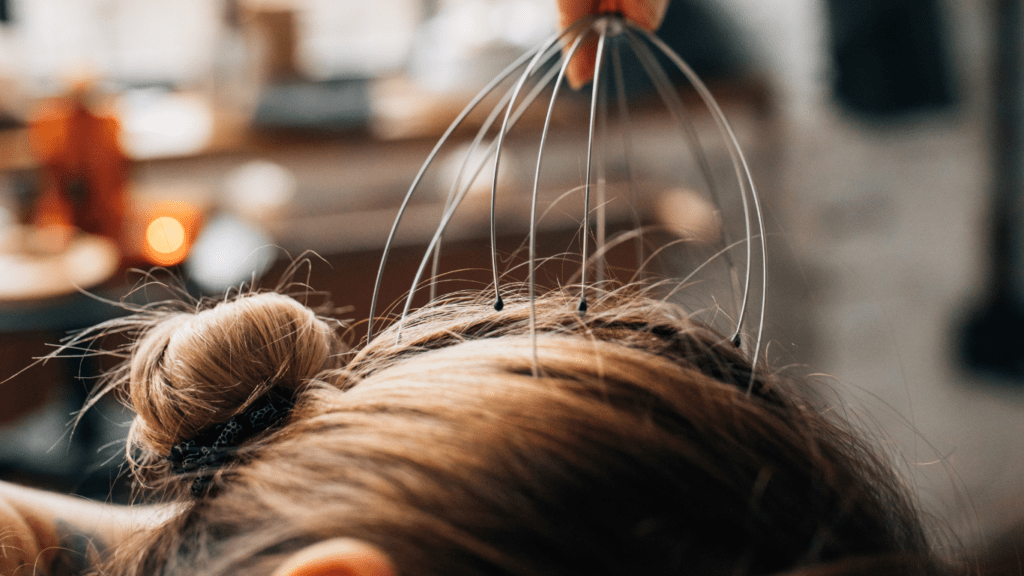Understanding Curly Hair
Understanding curly hair starts with recognizing its unique structure and needs. Curly hair comes in various types, each with distinct characteristics and challenges.
Types of Curly Hair
Curly hair types fall into different categories, generally classified by texture and curl pattern. The Andre Walker Hair Typing System categorizes curly hair into:
Type 2 (Wavy):
- 2A: Fine and loose waves with minimal frizz.
- 2B: More defined waves with a slightly frizzy texture.
- 2C: Thick, coarse waves prone to frizz and defined S-shaped curls.
Type 3 (Curly):
- 3A: Large, loose spirals with a shiny and springy texture.
- 3B: Tighter curls with a medium amount of volume and spring.
- 3C: Tight, corkscrew-shaped curls with volume and a bit of coarseness.
Type 4 (Coily):
- 4A: Soft, well-defined coils resembling a dense spiral.
- 4B: Z-shaped curls with a less defined pattern and more shrinkage.
- 4C: Tightest curls, with a more zigzag pattern and the most shrinkage.
Common Challenges
Curly hair presents several unique challenges that require specialized care.
- Dryness:
Curly hair is prone to dryness because its structure makes it difficult for sebum, the scalp’s natural oil, to travel down the hair shaft. - Frizz:
Humidity and lack of moisture can lead to frizz, which is more noticeable in curly textures. - Tangles:
The coiled nature of curly hair causes it to tangle easily, making detangling a critical part of the hair care routine. - Shrinkage:
Curly hair often experiences shrinkage due to its spiraled shape, which can make the hair appear shorter than it is. - Breakage:
Curly hair is more susceptible to breakage if not handled gently, especially during detangling and styling.
Understanding these types and challenges ensures choosing the right products and routines for optimal curly hair health.
Essential Hair Care Products

Curly hair needs specific products to maintain its health and definition. Using the right shampoo, conditioner, and styling products helps manage curls effectively.
Shampoo and Conditioner
Shampoos for curly hair should be sulfate-free. Sulfates strip natural oils, causing dryness and frizz. Conditioners should offer deep hydration. Look for ingredients like shea butter, argan oil, and coconut oil. These ingredients provide moisture and strength. I recommend alternating between cleansing conditioners and traditional shampoos to maintain balance. Use cleansing conditioners when hair feels particularly dry, and use regular shampoos to remove buildup.
Leave-in Conditioners and Creams
Leave-in conditioners and creams are essential for daily hydration. They keep curls defined and reduce frizz. Leave-in conditioners, such as those with aloe vera or jojoba oil, provide lightweight moisture perfect for finer curls. Creams offer heavier hydration and are ideal for thicker curls. Apply leave-in conditioners and creams while hair is damp. This helps lock in moisture and enhance curl definition.
Oils and Serums
Oils and serums add shine and reduce frizz. Use oils with lightweight properties like argan oil for finer curls. Heavier oils, such as castor oil, suit thicker curls. Serums can smooth cuticles and add a protective layer against environmental damage. Apply oils and serums sparingly to avoid oily buildup. Focus on the hair ends where dryness is most common.
Daily Hair Care Routine
Consistency keeps curly hair healthy and manageable. A structured daily routine helps maintain curls’ moisture, reduces frizz, and enhances curl definition.
Morning Routine
Start with hydration. In the morning, spritz hair with water or a hydrating mist to refresh curls. Apply a leave-in conditioner to provide moisture, focusing on the ends where dryness tends to occur. Use your fingers or a wide-tooth comb to detangle gently, minimizing breakage.
Follow with a curl-defining cream. Select a product suited to your curl type. Distribute it evenly from roots to ends. For added hold, use a gel or mousse. Scrunch hair upward to encourage curl formation. Let it air dry or use a diffuser with a gentle heat setting.
Seal in moisture. After styling, apply a lightweight oil, like argan or jojoba oil, to lock in hydration and add shine. Focus on the ends and mid-lengths.
Night Routine
Protect curls while sleeping. At night, use a satin or silk pillowcase to reduce friction and prevent frizz. Alternatively, wrap hair in a satin or silk scarf.
Retain moisture. Before bed, lightly mist hair with water or a hydrating spray. Apply a small amount of leave-in conditioner to maintain moisture levels overnight. For tighter curls, consider pineappling: gather hair into a high, loose ponytail to preserve curl shape.
Address tangles. For those prone to knots, use a detangling spray and gently work through hair with fingers or a wide-tooth comb. Avoid harsh brushes to minimize breakage.
Weekly and Monthly Hair Treatments
To maintain healthy curls, it’s essential to incorporate specific treatments into your hair care routine. Weekly and monthly treatments address issues like dryness and protein loss, enhancing the overall health and appearance of curly hair.
Deep Conditioning Treatments
Deep conditioning treatments provide intense moisture, critical for curly hair prone to dryness. I find using a rich, hydrating deep conditioner once a week helps restore moisture. Conditioning products with ingredients like shea butter, argan oil, and coconut oil create the best results. After applying the product, leave it on for 20-30 minutes with heat to enhance absorption. This process leaves curls softer, shinier, and more manageable.
Protein Treatments
Protein treatments strengthen curly hair by repairing damage and reducing breakage. I recommend incorporating a protein treatment once a month, especially if you have chemically-treated or heat-styled hair. Look for treatments containing hydrolyzed proteins, such as keratin or silk protein, to rebuild hair structure. Apply the treatment according to the instructions, usually leaving it on for about 20 minutes. This helps in maintaining your hair’s elasticity and reduces the likelihood of breakage.
Conclusion
Weekly deep conditioning and monthly protein treatments are vital for maintaining healthy, beautiful curly hair. Consistent application of these treatments addresses dryness, strengthens hair, and promotes overall curl health.
Styling Tips and Techniques
Choosing the right styling methods preserves curl health and enhances natural beauty. Below are key techniques to consider:
Protective Hairstyles
Protective hairstyles minimize breakage, moisture loss, and tangling, promoting longer, healthier curls. Styles like braids, twists, and buns effectively safeguard hair from environmental stressors. For example, braiding at night prevents friction damage. Regularly changing styles avoids stress on specific areas.
Heat-free Styling Methods
Heat-free methods maintain curl integrity and reduce heat damage. Air-drying, plopping, and braiding achieve defined curls without heat exposure. For instance, plopping, which involves wrapping wet hair in a T-shirt, enhances curl definition. Another technique involves braiding wet hair overnight for heat-free waves. Incorporate leave-in conditioners and curl-enhancing creams to boost results.



 Senior Hair Health Advisor
Maria is a dedicated professional specializing in hair health and wellness. She brings a wealth of knowledge on how to maintain strong, resilient hair through natural and science-backed methods. Maria’s detailed guides and expert advice help readers enhance their hair health, offering personalized solutions to common hair concerns.
Senior Hair Health Advisor
Maria is a dedicated professional specializing in hair health and wellness. She brings a wealth of knowledge on how to maintain strong, resilient hair through natural and science-backed methods. Maria’s detailed guides and expert advice help readers enhance their hair health, offering personalized solutions to common hair concerns.
